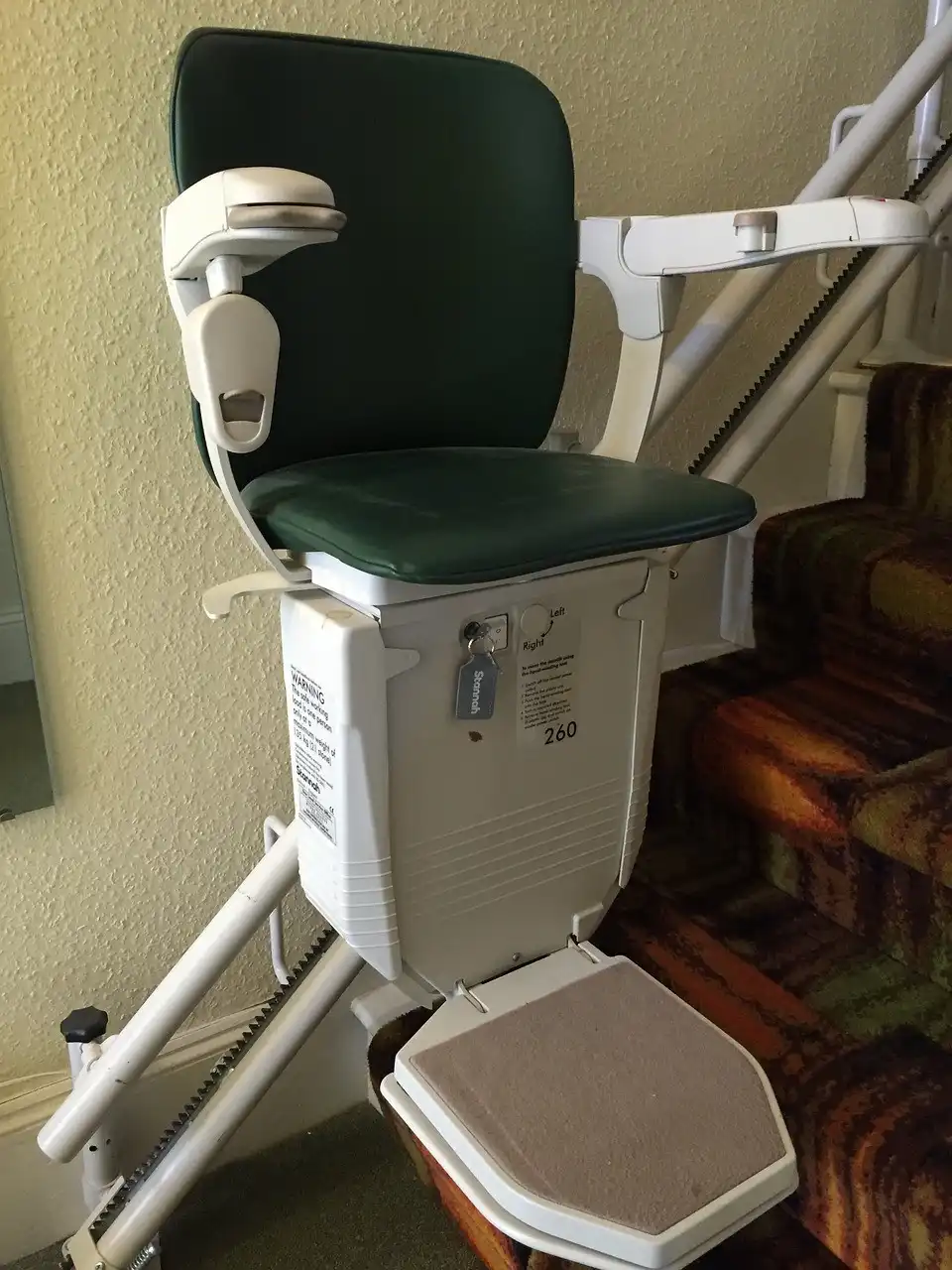Straight stairlifts provide a seamless solution for individuals with limited mobility to navigate straight staircases safely and effortlessly. This article explores the benefits of using straight stairlifts and highlights the importance of assessing the suitability of a staircase. It also guides readers in choosing the right straight stairlift for their specific needs, discusses the installation process, and provides tips for maintaining and caring for these essential mobility aids.
By understanding the intricacies of straight stairlifts, individuals can make informed decisions regarding their installation and ensure optimal functionality and longevity.
Understanding the Benefits of Straight Stairlifts
The benefits of straight stairlifts are best understood through an objective analysis of their seamless installation for straight staircases.
Straight stairlifts offer numerous advantages that make them a popular choice for individuals with mobility issues. One key benefit is their ease of installation on straight staircases, as they require minimal modifications to the existing structure. This not only saves time but also reduces costs associated with extensive renovations.
Additionally, straight stairlifts come equipped with various features that enhance user experience and safety. These include adjustable seats, footrests, and armrests to ensure maximum comfort during use. Safety features such as seat belts, sensors, and emergency stop buttons further contribute to the overall reliability and security of these devices.
With their straightforward installation process and array of beneficial features, straight stairlifts provide an effective solution for individuals seeking improved accessibility in their homes.
Assessing Your Staircase for a Straight Stairlift
When evaluating whether a staircase is suitable for a specific type of mobility aid, it is imperative to conduct an assessment. This evaluation process involves thoroughly examining the staircase to determine its accessibility and compatibility with a straight stairlift.
Accessibility refers to the ease and convenience of using the stairlift, ensuring that it can be safely installed and operated within the given space. Factors such as the width, length, and incline of the stairs need to be taken into account to ascertain if a straight stairlift can be seamlessly installed.
Additionally, assessing structural elements like handrails, obstructions, or uneven steps is crucial in determining whether modifications or adjustments are necessary for optimal functioning of the stairlift.
By carefully evaluating these aspects, one can make an informed decision about installing a straight stairlift on their staircase.
Choosing the Right Straight Stairlift for Your Needs
To select the appropriate straight stairlift to meet individual mobility requirements, careful consideration of specific needs and preferences is essential. Budget considerations play a significant role in this decision-making process. It is crucial to determine the maximum amount one is willing to spend on a stairlift and explore options within that range. Different manufacturers offer various pricing structures, so it is advisable to compare prices and features before making a final choice.
Another important factor to consider when choosing a straight stairlift is customization options. Each individual has unique needs, and it is vital for the stairlift to accommodate those requirements adequately. Customization options may include adjustable seat height, armrests, footrests, or even additional safety features such as sensors or seat belts.
By carefully considering both budget considerations and customization options, individuals can ensure they select the right straight stairlift that meets their specific needs while also staying within their desired price range.
The Installation Process for Straight Stairlifts
One important aspect of the installation process for straight stairlifts is ensuring that the chosen model is compatible with the existing staircase structure. Prior to installation, it is crucial to assess whether any modifications need to be made in order to accommodate the stairlift. This may involve measuring the dimensions of the staircase and considering customization options offered by manufacturers, such as adjustable seat heights or folding footrests.
Additionally, cost considerations are also an integral part of installing a straight stairlift. Factors such as the complexity of installation, additional features required, and any necessary structural adjustments can impact the overall cost. It is advisable to consult with professionals who specialize in stairlift installations to ensure a seamless and efficient process while taking into account individual needs and budget constraints.
Maintaining and Caring for Your Straight Stairlift
Maintaining and caring for a straight stairlift involves regular inspections, lubrication of moving parts, and cleaning to ensure optimal performance and longevity.
Cleaning tips are essential for keeping the stairlift in good condition. It is recommended to use a soft cloth or sponge with mild soap and water to clean the surfaces of the stairlift. Avoid using abrasive cleaners or solvents as they can damage the finish. Pay special attention to the seat, armrests, footrest, and rails where dirt and debris can accumulate over time.
Troubleshooting common issues is important for addressing any potential problems that may arise with the stairlift. These issues could include slow operation, unusual noises, or error codes displayed on the control panel. Referencing the manufacturer’s manual or contacting a professional technician can provide guidance on resolving such issues effectively.

